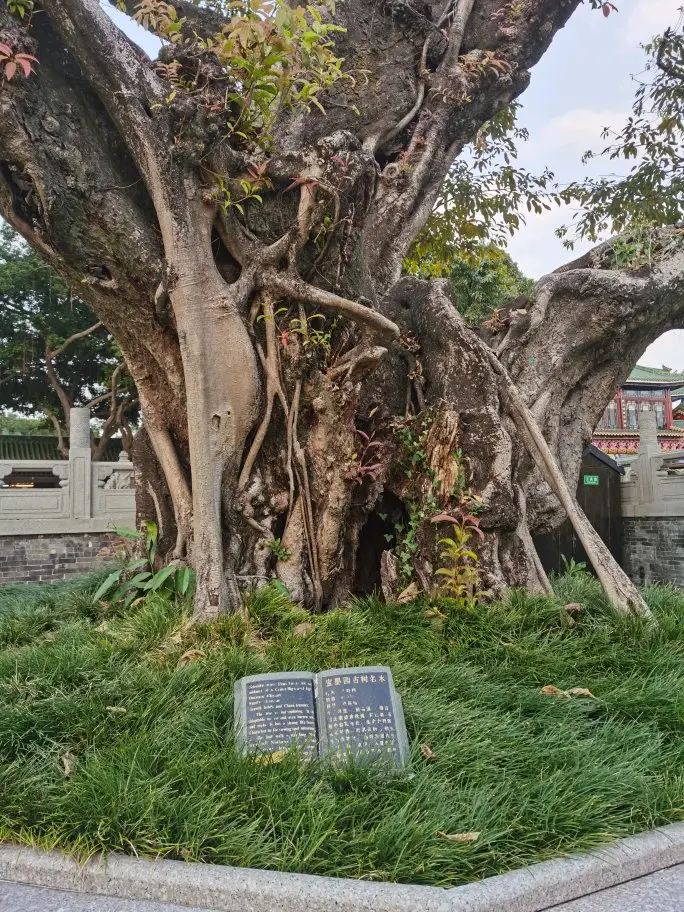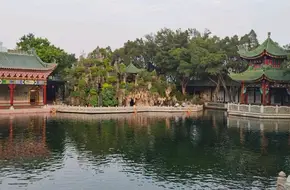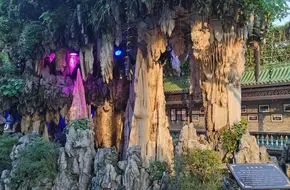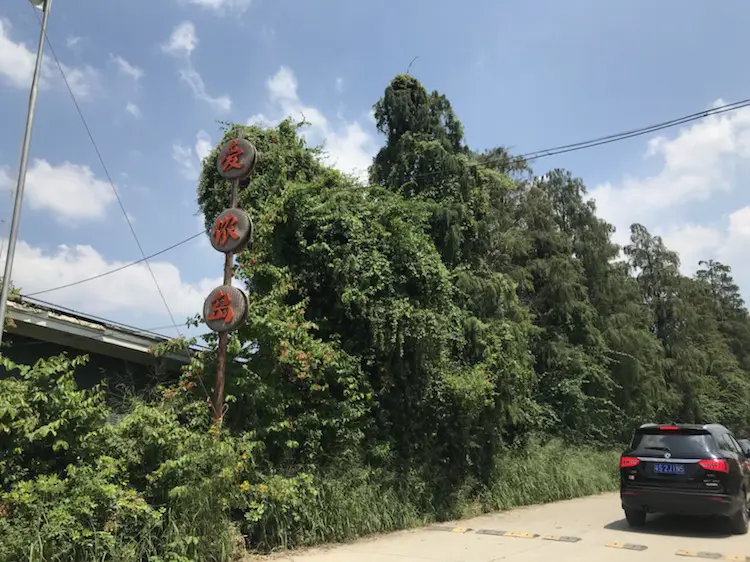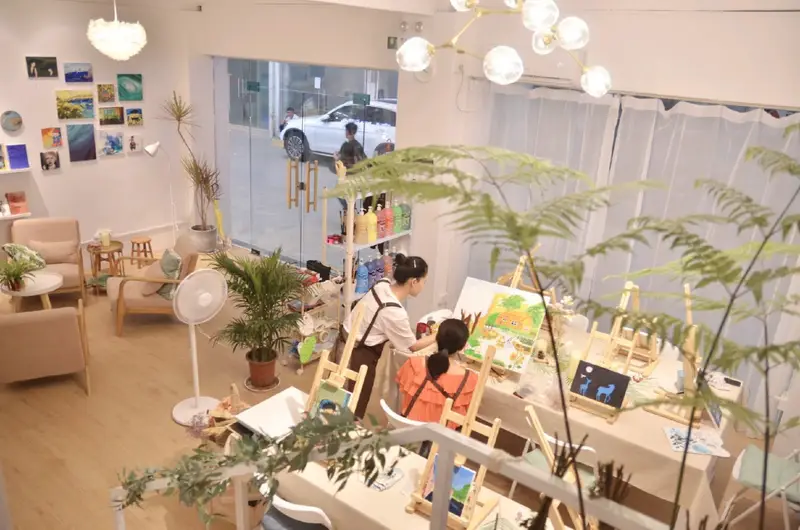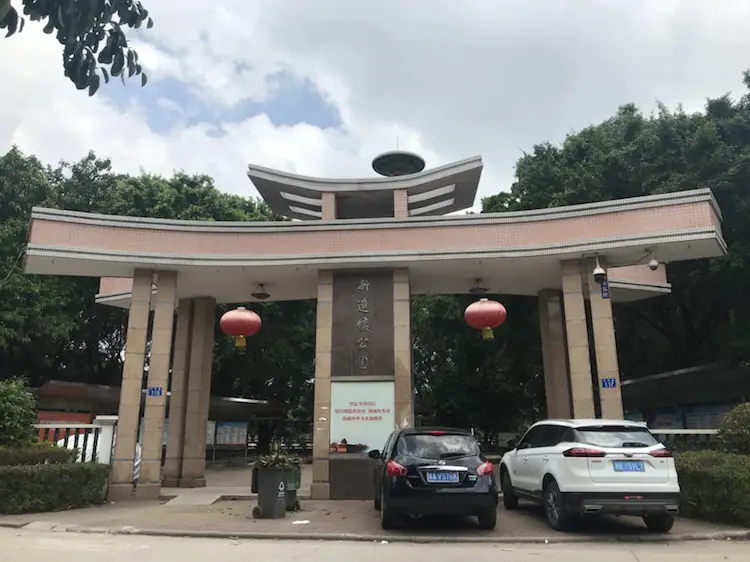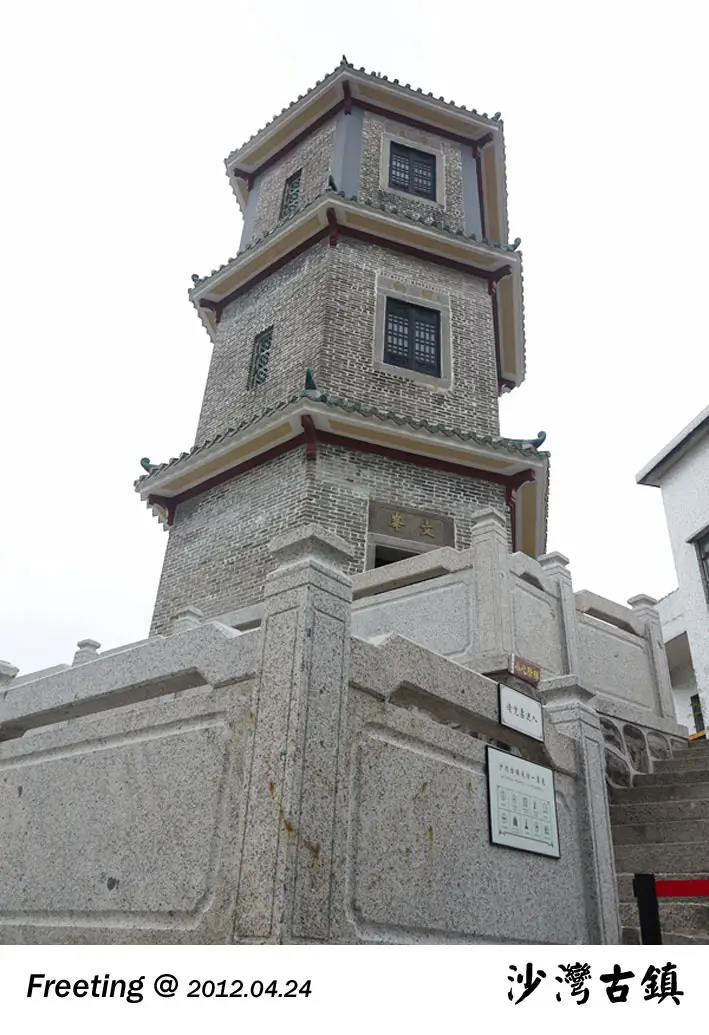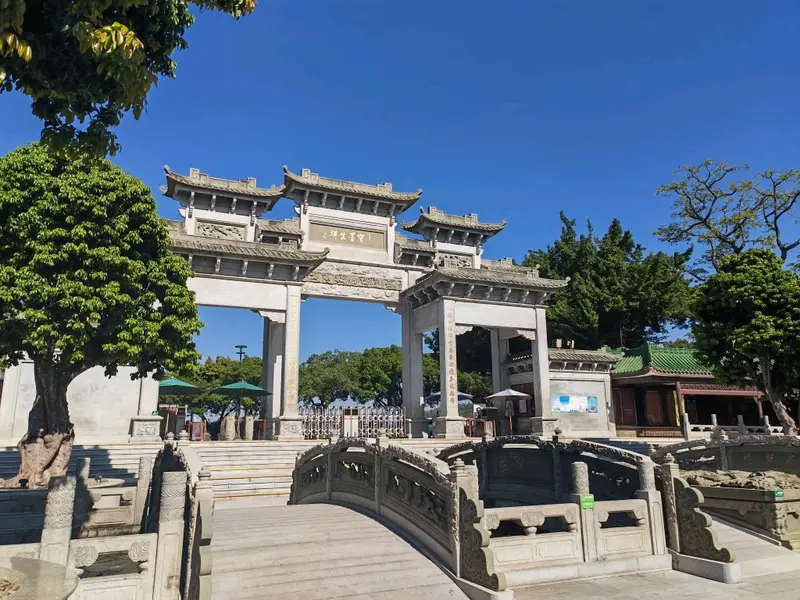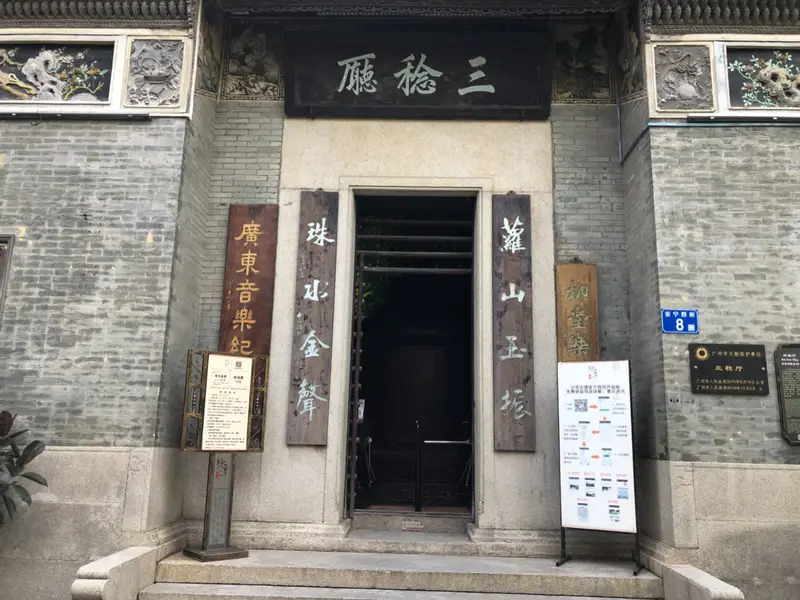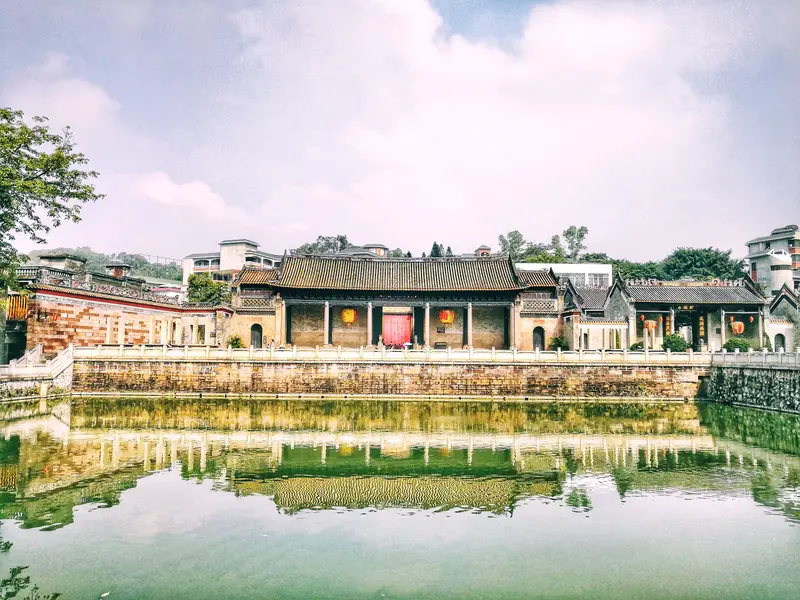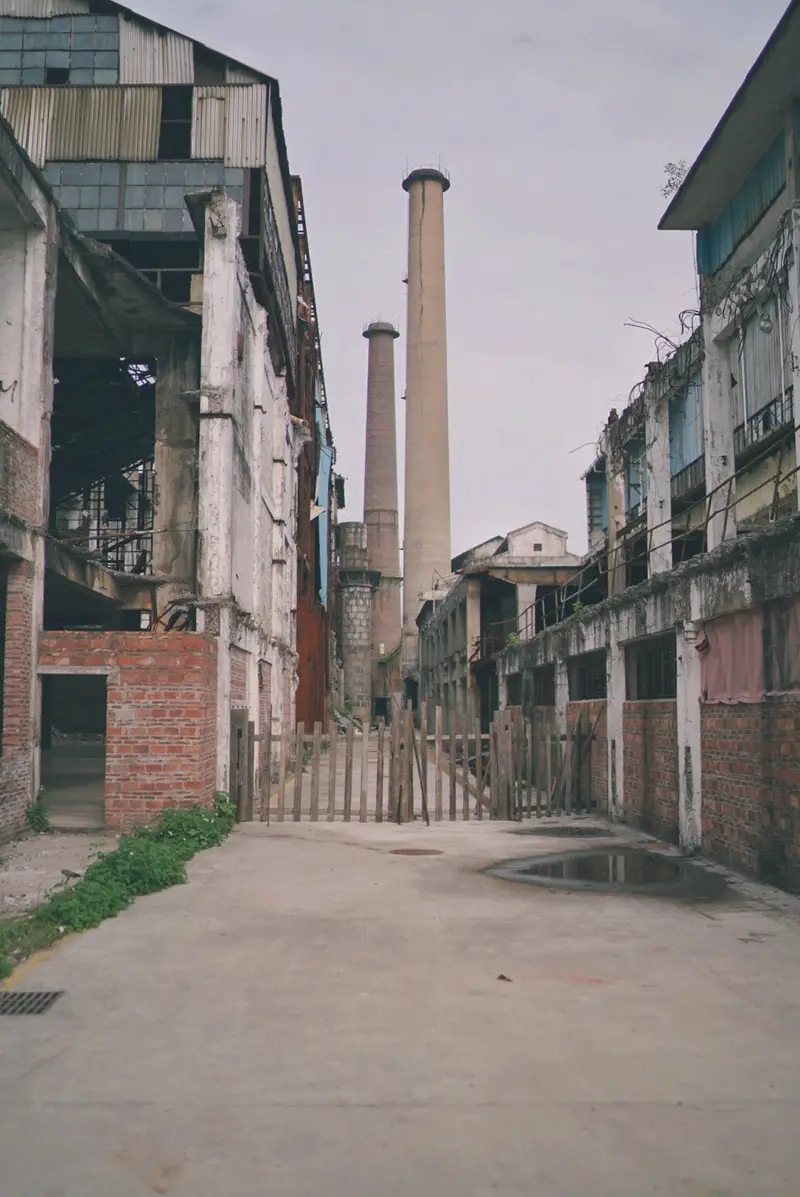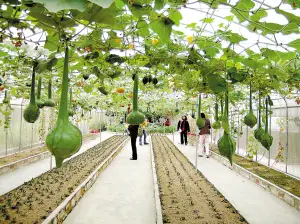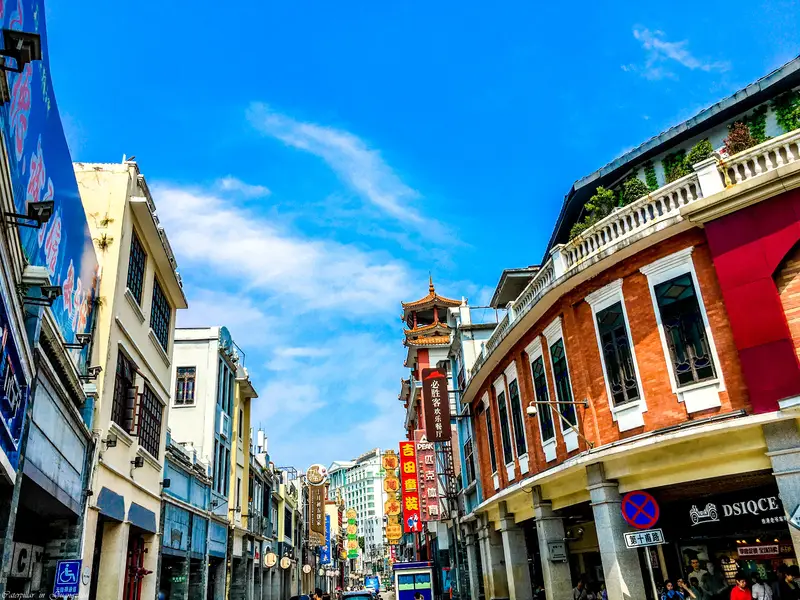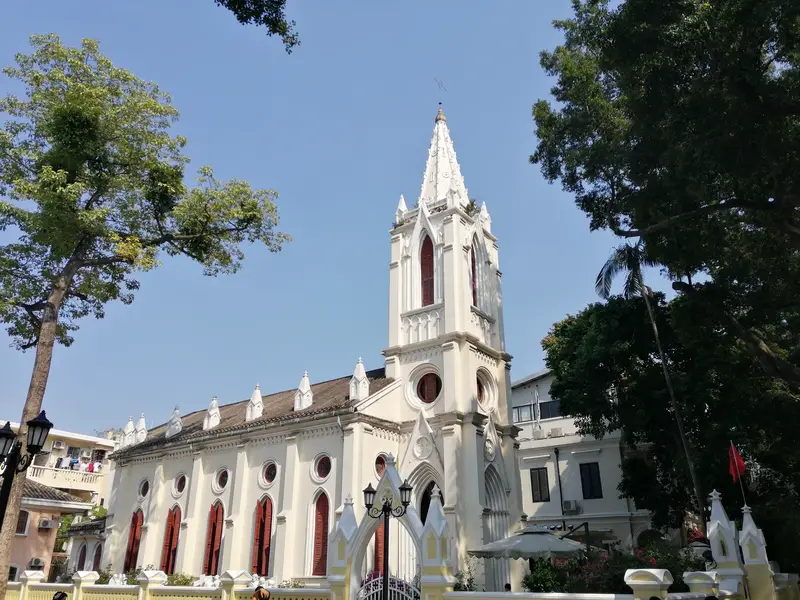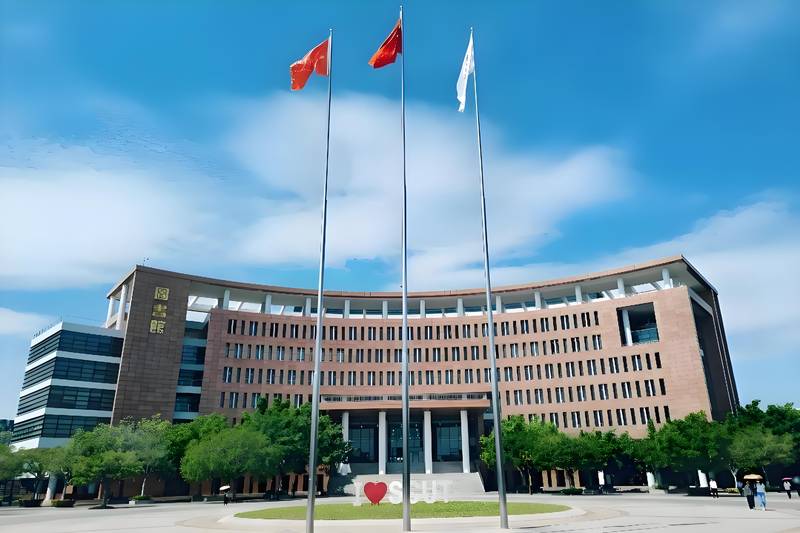Jubao Bridge sits within the classic Chinese garden Bao Ink Garden (Bao Mo Yuan) in Zini Village, Shajian Town, Panyu District, Guangzhou. To get there, take the metro to Guangzhou South Station, then transfer to a local bus (lines 番67 or 番12) heading to “Zini Village.” The bridge is nestled near the garden’s entrance, so you’ll spot it right after entering the park. If driving, use GPS coordinates (22.8467° N, 113.5479° E) and park in the designated area near the ticket booth.
Natural Scenery: A Slice of Tranquility
Jubao Bridge spans a lily-filled pond, surrounded by willow trees and lotus blooms. The bridge’s arched design mirrors traditional Chinese architecture, with stone railings carved into dragon and phoenix patterns. During sunrise, the water reflects the bridge’s silhouette, creating a picture-perfect moment. In summer, pink and white lotuses frame the bridge, while autumn brings golden foliage from nearby ginkgo trees. It’s a calm spot to escape the city’s hustle, especially at dawn or dusk when the light softens.
Cultural Charm: Stories in Stone
This isn’t just any bridge—it’s a symbol of wealth and harmony in Chinese culture. The name “Jubao” (Gathering Treasures) comes from its role as a spiritual landmark. Locals believe walking across the bridge three times brings good fortune, similar to a cultural ritual. The bridge connects two parts of Bao Ink Garden, which itself is filled with pavilions, ancient calligraphy, and bonsai exhibits. Don’t miss the dragon-head stone carvings on the bridge’s sides, meant to ward off bad luck.
Getting Around the Area
Bao Ink Garden is a sprawling complex, so wear comfy shoes! Jubao Bridge is near the Pearl River Stone Sculpture exhibit and the Sixty-Meter Corridor (a covered walkway with murals). The garden also has a small boat rental dock nearby, where you can paddle under the bridge for a unique view. For snacks, head to the Tea House by the Lotus Pond—it’s right next to the bridge and serves egg tarts and green tea.
Practical Tips for Visitors
- Tickets: Bao Ink Garden’s entry fee includes access to Jubao Bridge. Check the latest prices online.
- Best Time to Visit: Mornings (before 10 AM) or late afternoons avoid crowds. Weekdays are quieter than weekends.
- Photo Spots: Stand on the bridge’s middle arch for a symmetrical shot, or capture reflections from the Koi Fish Lake behind it.
- Accessibility: The bridge has smooth steps, but the garden’s paths are mostly paved. Strollers and wheelchairs can navigate easily.
Immersive Experience: More Than a Photo Op
Crossing Jubao Bridge feels like stepping into a painting. Locals often pause here to recite poems or practice calligraphy on site. If you visit during a festival (like Qingming or Mid-Autumn), the bridge lights up with lanterns, and the pond hosts floating lantern ceremonies. For a deeper dive, join a guided tour (offered in English) that explains the bridge’s role in Feng Shui and its connection to Guangzhou’s silk trade history.
Final Thoughts: Why You Should Go
Jubao Bridge isn’t just a pretty structure—it’s a window into China’s love for blending nature and tradition. Whether you’re into photography, history, or simply relaxing by the water, it’s a must-see. Pair it with a visit to Bao Ink Garden’s Thousand-Year-Old Cypress or the Ancestral Hall for a full cultural immersion. Trust me, your Instagram feed (and soul) will thank you!

